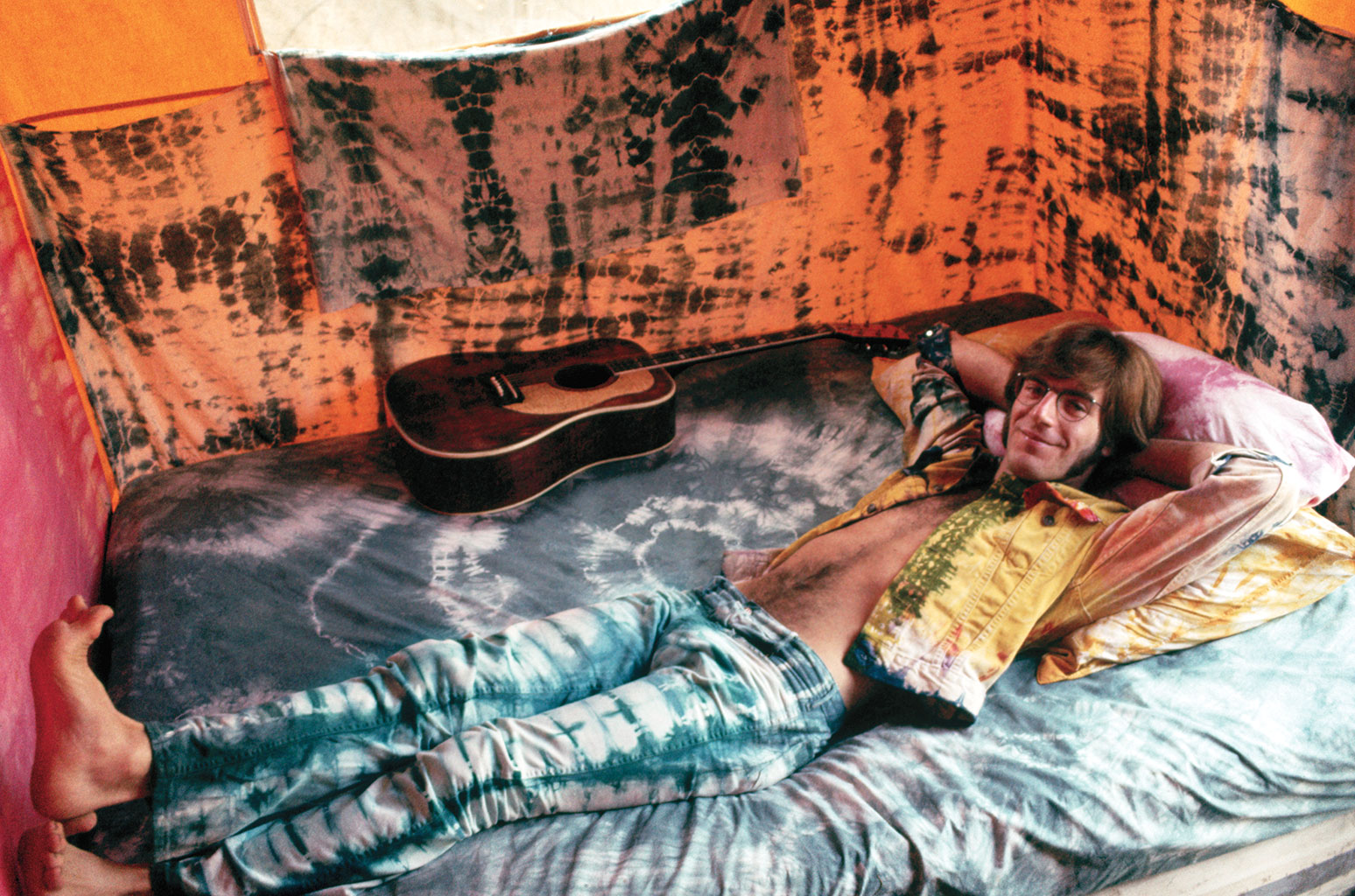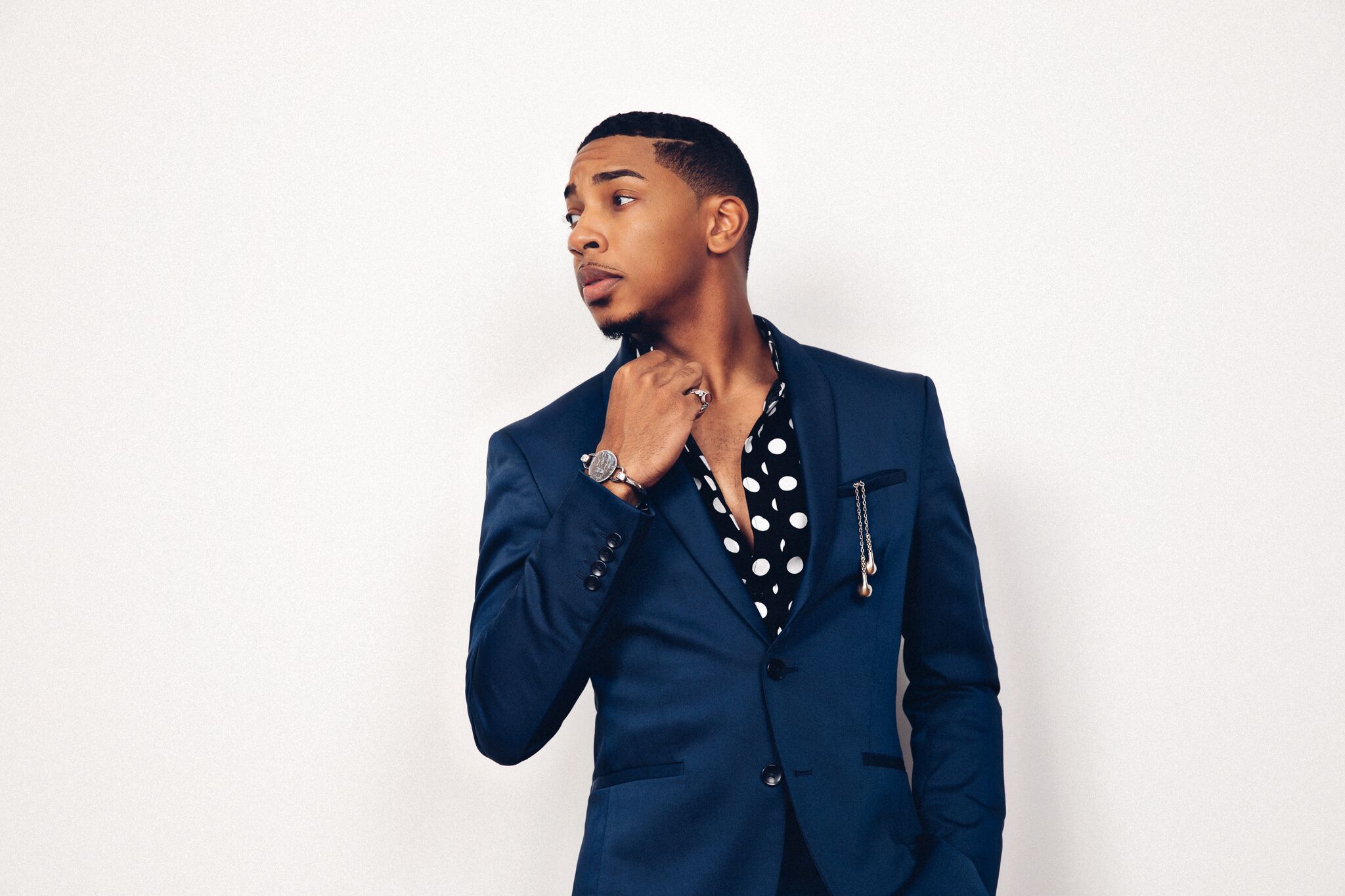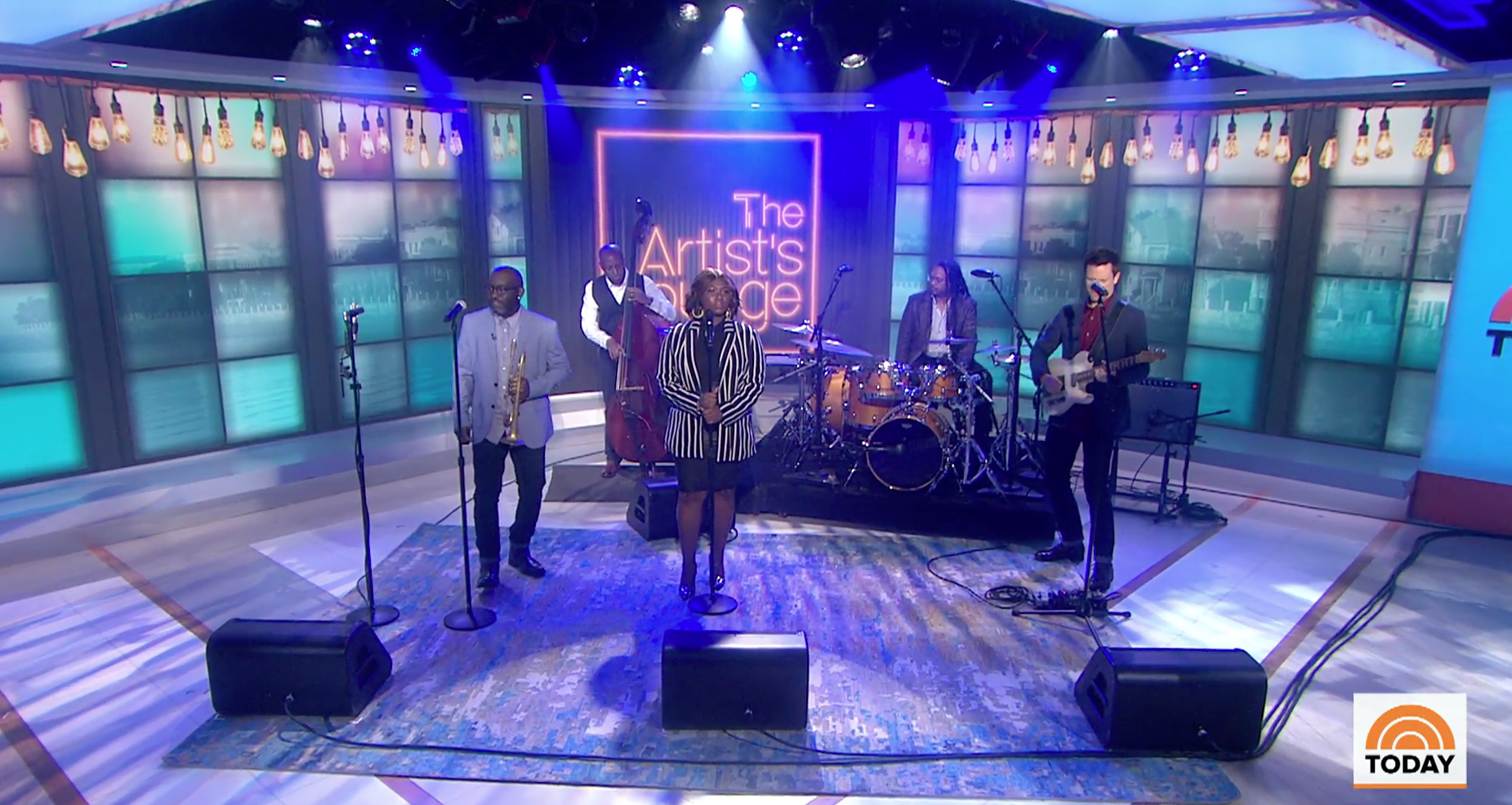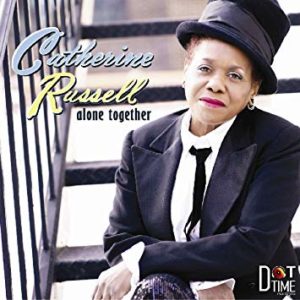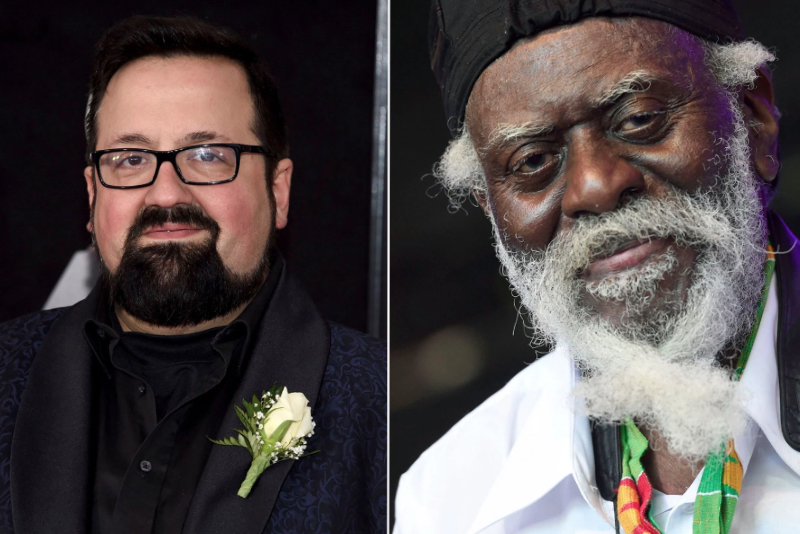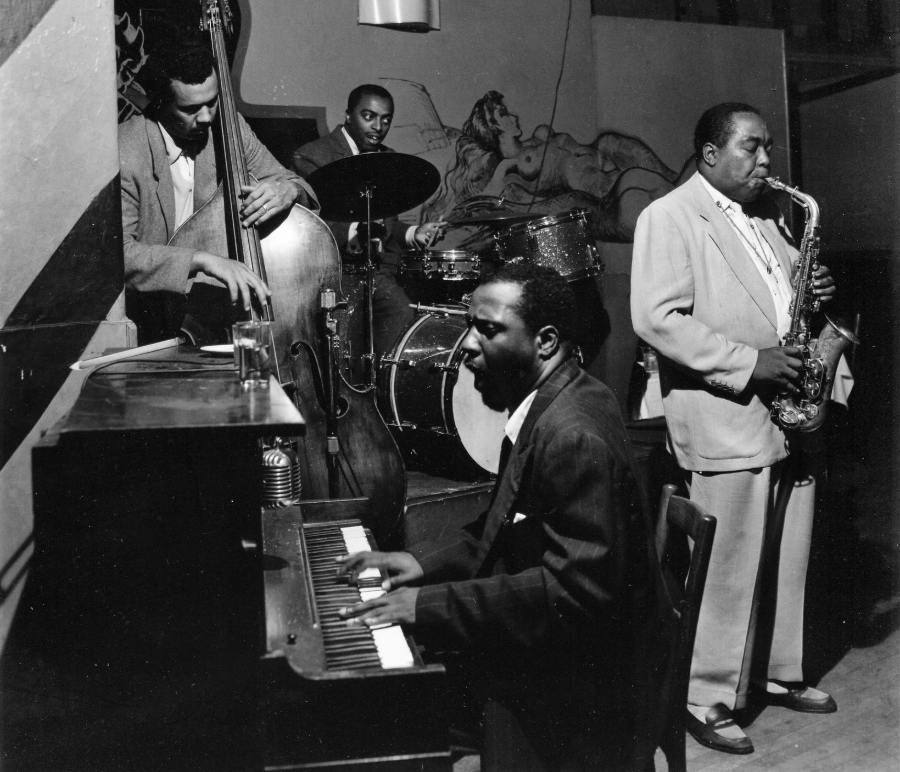
Peter Facini for The New York Times – A friend gave Bob Parent a tip: be at the Open Door on West 3rd Street on Sunday.
Mr. Parent, a photographer with a knack for showing up at the right time and place, didn’t need much encouragement. He arrived at the jazz club early in the evening of Sept. 13, 1953. It was unseasonably cool for late summer. The New York Times front page detailed the marriage of Senator John F. Kennedy and the glamorous Jacqueline Bouvier in Newport, R.I. The Brooklyn Dodgers had just clinched the pennant in Milwaukee.
The show that night was billed as the Thelonious Monk Trio. Monk, 35, was already a prolific composer and piano innovator, yet it would take a decade for his brilliance to be fully appreciated by mainstream America. The trio was rounded out by Charles Mingus, 31, on standup bass and the youngster Roy Haynes, a 28-year-old hotshot drummer everyone called “Snap Crackle.”
The Open Door was a dark little joint that Mr. Haynes would later characterize as “a dump.” The jazz historian Dan Morgenstern was slightly more generous in his description: “It was a strange place but had great music.” There was an out-of-tune piano in the front room that was presided over on most nights by a woman known as Broadway Rose. She sang popular songs of the day.
Mr. Parent set up in the back room where the bands played. Then 30 years old, he had been making good side money shooting photos for magazines like Downbeat and Life; record companies sometimes bought his pictures for album covers. “Bobby was a terrific guy,” Mr. Morgenstern recalled. “He had a job at the United Nations doing press stuff. He was always around.”
There was nothing about the Open Door to signal that magic was about to happen or that jazz history was about to be made. The place was half-empty, and Sunday was a dark night at many of the big nightclubs in New York City. Bob Reisner, a part-time jazz critic for The Village Voice, was also a promoter, and he booked minor clubs. Reisner knew he could get great musicians on Sunday, even at a second-rate venue like the Open Door.
With Monk, Mingus and Haynes, he had certainly booked a top-shelf trio, reason enough to make the trip downtown. The word on the street that afternoon — and what a savvy Bob Parent already knew — was that there was a good chance Charlie Parker would sit in with the trio.
Parker, the saxophone bebop pioneer, still only 33, had been trying to shake off a bad stretch in his tumultuous career. For reasons unclear, possibly drug- related, Parker had his cabaret license pulled. Without that card he was not allowed to perform in New York clubs where alcohol was served. This ban forced him on the road for some time. Now he was back in the city and living in a rowhouse in Alphabet City with his longtime girlfriend Chan Richardson and their three children. He was eager to get his card back.
Monk was also working without his cabaret card. It would be four more years before he was able to recover his. The cabaret laws were a biased and punitive system that capriciously caused financial suffering for scores of musicians. Any police officer in the city could pull a musician’s card, and there was little they could do about it. On this night, Parker and Monk were taking a chance.
There are no known audio recordings of this gig. The only record of the occurrence of this particular quartet was captured by Bob Parent’s Pressman Speed Graphic camera. Mr. Parent developed a signature technique that allowed him to work without flashbulbs, which performers found distracting. It gave his work a dark and intimate feel.
One photo from the Open Door that night has since become a jazz icon. It shows Parker standing out front, wearing a light suit, two-toned loafers, his arms thrust forward, blowing what appears to be his famous King brass alto saxophone. To Parker’s left is Monk on upright piano, microphone slung over the instrument. Two drinking glasses and a dinner plate perched on top. At Monk’s right is Mingus, slouched over his bass. Along the back wall is Mr. Haynes, his eyes fixed on his bandmates, himself under the gaze of the two mysterious mermaids painted on the wall behind him.
It has since been called by many “the greatest photo in jazz.”
Bob Parent died in 1987, and his photo archive is curated by his nephew Dale Parent. “We refer to it as ‘the Photo,” said Dale. “It’s a monument to his craft and we take great pride in its appreciation.”
Charlie Parker’s stepdaughter Kim, who is now 75, has a copy of the picture that she keeps in her home in Pennsylvania. “I am thankful for all the photos,” Ms. Parker said. “I live with the ghosts.” For her, the photo is priceless. “I’m looking at it now,” she said when reached on the phone. “Roy Haynes had a crush on me at one point,” she recalled. “Monk was my favorite, loved Monk. I wish I was there that night.”
Mr. Haynes is now 93, the only living member of the quartet that night. He still has memories of that performance. “It was beautiful, man,” he said recently. “I was at a very young age. So I was enjoying it. Playing with great people. “
Read full article on the New York Times
Roy Haynes on TKA
